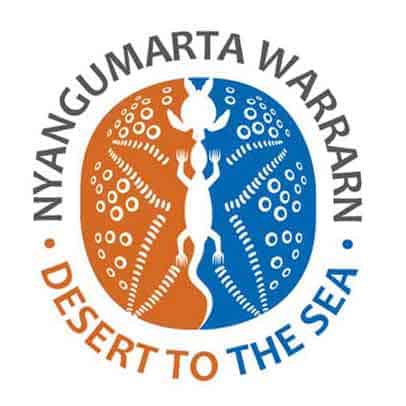A Dedication
To Dr Clive Minton - the man responsible for this amazing project!
With SHE 2500 km and SEC 2000 km from the release site, it is difficult not to become excited about thoughts of their next movements.
It is thought that Oriental Pratincole spend only three months per year in Australia, arriving in December and departing once again around February. Will they return to Anna Plains Station? If not, what part of Australia will they call home for this period? So many questions that have no answers…YET.
For this report, I very cautiously share some details of SEP, (our Indian traveller), with a very exciting possible location. News that is worth sharing even if only to remind us to remain hopeful.
All going well, this project will continue to add valuable knowledge to the movements of these incredible little birds!

Oriental Pratincoles on the move
City Living
Leg Flag SHE (PTT 83595)
For just over four weeks SHE has been utilising, the heavily modified agricultural land around Palembang, the densely populated capital of South Sumatra.


Leading the race to australia
SEC (PTT 83596)
After five weeks in the Tonle Sap Biosphere Reserve, SEC seems to have left this area and has travelled approximately 2300 km south. Accurate location data shows its current location within the heavily populated boundary of Pekalongan City, Central Java, Indonesia, but it is likely SEC is actually situated in a more sparsely populated agricultural area approximately 100 km east of this location.


With a little bit of luck
WITH INPUT FROM SUBBU SABRAMANYA
Leg Flag SEP (PTT 83593)
With the last accurate data received being on the 15th October, showing SEP to be in Vattappala in the Mullaitivu District, Sri Lanka, it was with cautious relief to receive limited data, although inaccurate, showing SEP may have travelled to South Sumatra.
Now we wait and hope for more information.

Just for the record
With input from Chung-Yu Chiang
Leg Flag SUN (PTT 83591)
Still no signals at all from SUN since the 1st September.
In the very slim hope that we may receive some data, this map will remain on this final page for a little longer.

Download a PDF copy of this report – Oriental Pratincole Satellite Tracking Report 20
Acknowledgements
Clive Minton
The extensive and expensive satellite tracking program we have set up in NWA has only been possible through the efforts and generosity of a large number of people and organizations. It is difficult to know where to start with the formal acknowledgements so I will list them – but not in any particular order of priority.
- The members of the AWSG NWA 2019 Wader and Tern Expedition and similar NWA expeditions in previous years, are particularly thanked for their efforts in the field in catching, banding and deploying transmitters on a range of species.
- Landowners are especially thanked for permission to go onto their property to enable us to catch various species in order to deploy the satellite transmitters. In particular we thank Anna Plains Station for giving us the freedom to roam over large areas of grazed grassland when counting and catching target species.
- AWSG acknowledges the Yawuru People via the offices of Nyamba Buru Yawuru Limited for permission to catch birds on the shores of Roebuck Bay, traditional lands of the Yawuru people.
- AWSG acknowledges the Karajarri and Nyangumarta people for permission to catch birds to be marked for this project on the shores of 80 Mile Beach, traditional lands of the Karajarri and Nyangumarta.
- The cost of the satellite transmitters, which cost around $5000 each, and the satellite downloading costs (around $1000-1500 per month) have been met by a variety of sources. Private individuals (Charles Allen and Doris Graham) have made most generous individual contributions. Kate Gorringe-Smith and her team of artists involved in The Overwintering Project made a large, generous donation from funds raised during their various public exhibitions. The annual NWA Expedition members, collectively, also provided significant funds each year.








